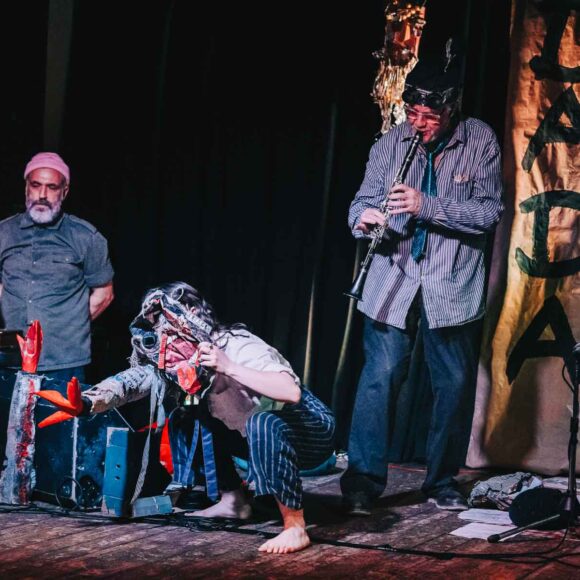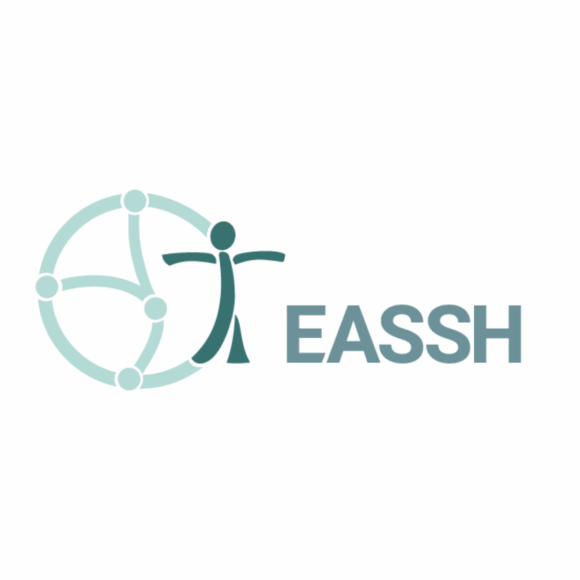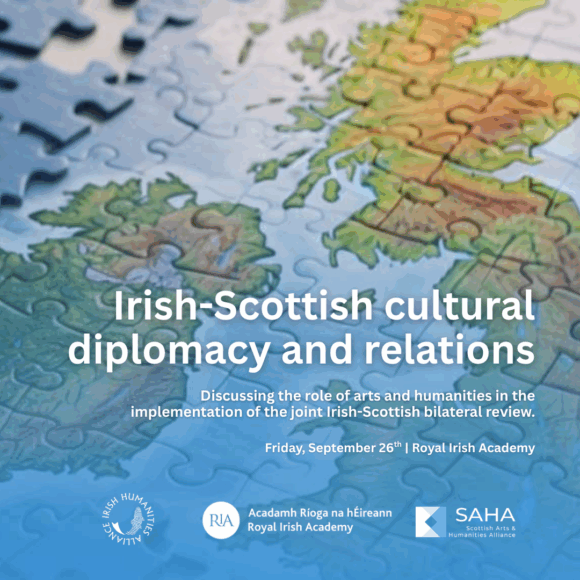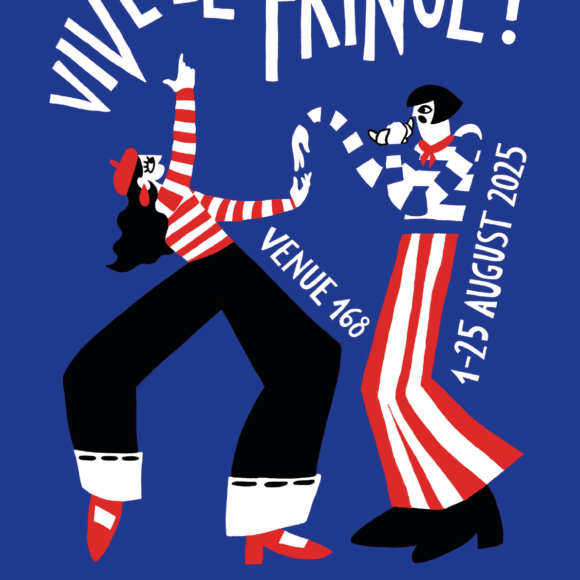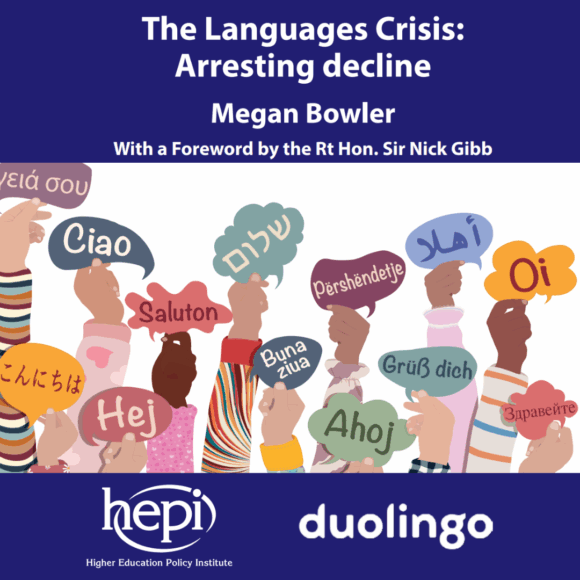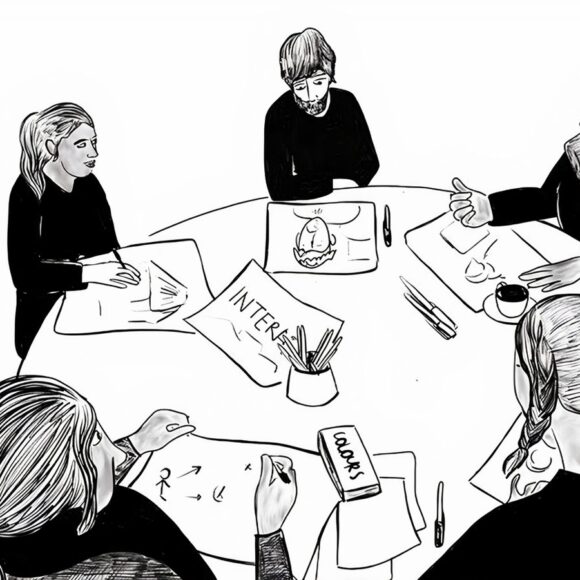UHI Institute for Northern Studies VEMS (Viking and Early Medieval Studies) researchers Professor Alexandra Sanmark and Dr Shane McLeod have recently returned from fieldwork at Loch Lomond, the Kintyre peninsula and Islay in Scotland.
The early Spring weather was glorious and signalled a successful week examining the next phase of the important ‘The Norse and the Sea’ research project. During the week-long fieldwork, Professor Sanmark and Dr McLeod established the routes of two medieval portages at Loch Lomond and Kintyre mentioned in sagas. In both cases, the existence of the Gaelic place-name ‘Tarbert’ marked at least one end of the route.
Portages were places in the landscape where Norse and Early Medieval sailing ships and boats were hauled out of the water and transported across land to avoid long sea journeys or known dangerous sea routes.
They also explored Old Norse place names associated with shipping on Kintyre, and on Islay, they visited three assembly or meeting sites, potential navigation markers, and early medieval chapels.
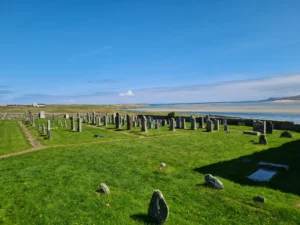
Early Medieval church site, Islay, Scotland
The ‘Norse and the Sea’ research project investigates the maritime cultural landscape in Scandinavian Scotland between 790 and 1350 and uses an interdisciplinary approach to address the overarching questions of connectivity and communication in Norse Scotland. The research itself is divided into three work packages:
- The first one encompasses a PhD project entitled ‘Norse harbours in the west of Scotland’ for which several Norse landing places in Scotland will be identified and examined through geophysical survey and targeted excavation.
- In the second work package, ‘The Norse in the North and West of Scotland: settlements and the sea – the toponymic evidence’, a Postdoctoral Research Associate and project partners will examine place-names to provide insight into maritime travel and harbours in Scandinavian Scotland. Data will also be drawn from oral traditions through the study of local folklore and interviews with local people, as such traditions are still strong in rural Scotland.
- The third work package, ‘Travel and communication in Scandinavian Scotland and the wider North Atlantic,’ will create an overarching view of the maritime cultural landscape and travel and communication through detailed analysis of Norse archaeological remains and landscape study. Overall, the project will provide a whole new view of Scandinavian Scotland.
SAHA Steering Committee member and Director of Institute for Northern Studies, Professor Donna Heddle, FHEA, FSAScot, FRSA, FRSE said:

"The story of the Norse in Scotland is often very deeply buried as a substrate of our cultural identity - so it is great to see this important project quite literally digging up the evidence!"
The research is funded by the Arts and Humanities Research Council and the German Research Foundation.
For more information please visit institutefornorthernstudies.com
